On my last night in Texas, I stayed with an old friend, outside Austin. Jeff, who’s my age, is one of the few people I’ve known my whole life. (Beyond family, of course.)
We hadn’t seen each other in 12 years, and things have been difficult for him since then. But he handed me a jalapeño margarita soon after I walked in the door, and then we drank some beer, ate wicked Mexican food, watched the NCAA tournament, played video games, and laughed for 6 hours straight.
Jeff had a major heart attack the next day. (Hours after I drove off towards the endless horizon.)
Sometimes, change moves quickly, like a tornado, even though its causes have been building for years.
Think about the way we treat our planet. Some recent sci-fi films, like “Wall-E” and “Interstellar,” suggest we can all pack up and leave one day. Just shoot humanity up into space, and the rest will take care of itself.
Maybe.
I guess.
It’s possible.
But it seems like a bad bet, from where I’m sitting. (Yes, at my white kitchen table.)
That sense of fait accompli, that it’s all just a matter of time- I felt it strongly, the longer I stood in Anthony Hernandez’s photography exhibition “Discarded,” at the Amon Carter Museum in Ft. Worth, Texas.
We’re done here, I kept thinking.
We tried.
We failed.
C’est la vie.
In fairness, he might not have been speaking about all of us.
Just the Californians.
Mr. Hernandez is known in art circles, I’ve gathered, though I hadn’t heard of him until I saw his show. I’d been drawn to the Amon Carter Museum, as I was meant to meet one of their curators at FotoFest, and I wanted to be prepared. (As I’ve written countless times, from the perspective of the reviewer, do your homework. In this case, I visited a city just to check out this person’s curatorial practice.)
The show, however, was more than worth the trip. And it wasn’t even the best art I saw that day. The Kimbell Museum, recommended by my friend Ed, was unbelievably dynamite, and I can’t stress that enough. Both the Kimbell and the Amon Carter Museums are free, as is the adjacent Ft. Worth Modern on Sundays.
As I happened to visit on a Sunday, I got to see terrific art in 3 museums, over 3 hours, without paying a dollar. If you live in DFW, or are visiting that part of Texas, get your ass to Ft. Worth and see what they have going on.
You’ll thank me.
That said, this is meant to be an exhibition review, so let me pivot back to our putative point.
The prints in Anthony Hernandez’s exhibition, made between 2012-15, are all very large, and share a clean, clear California light that I described in my notes as “pitiless.” Cruel might be appropriate as well.
Apparently, Mr. Hernandez is known for his pictures of socialites and street people in LA. He’s an LA guy, it would seem. But for this show, he took his talents to the less glamorous parts of CA. The Inland Empire, the Central Valley, Mojave and the Salton Sea.
I’ve driven through many of those places, and can attest that they lend themselves to an end-of-the-world-type vibe. And I did wonder if there wasn’t a bit of city-snobbery in the way these places are depicted.
But really, it’s hard to lay it on too thick in spots this bleak. (Before you ask, the work does evoke John Divola and Richard Misrach, but I didn’t find it derivative.)
Just last year, everyone was talking about California running out of water. It was in the news cycle for months, this idea that its time was up. One El Niño later, and it’s no longer an issue, if the media is to be trusted.
But things don’t work like that.
The heart attack might strike like a ninja, but its antecedents move slowly, like tectonic plates. (We made our bed, and now we have to lie in it, even though it’s a rank, urine-soaked mattress on the floor of a vacant starter-home.)
There were almost no people in the pictures, but their imprint was everywhere. Abandoned homes with broken doors shoved over gaping window orifices. Purple-ish concrete-block fences that looked like minimalist bracelets. Scattered oranges on a dirt road, reminiscent of Roger Fenton’s cannonballs.
And always, that blazing, unforgiving light.
I made notes like, “When you’re done here, make sure to turn out the lights.” Or, “Has California just given up?”
Defunct, half-built housing projects defeated by the Great Recession connect economics gracefully to environmentalism. A pristine new curb, separating gravel from dirt, in a place where no homes will ever be built. A valley, called Lucerne, which probably gets as much water in a Millennium as its Swiss counterpart gets in a week in Winter.
The end of the world. That’s what this show makes you think about.
Uplifting stuff.
It puts me in mind of a conversation that Jeff and I had, in his suburban apartment off a Texas highway. Though I’ve admitted there’s nothing funny about Donald Trump, we did laugh about the fact Ted Cruz has to be PRETTY FUCKING CRAZY to be the biggest lunatic in the Republican race.
We may fear Trump more, but Ted Cruz, as a true Evangelical believer, is anxiously awaiting Armageddon. He’s so excited for Jesus to come back and kill everyone who’s not on his team. ISIS wants the end times, sure, but so do many of our fellow Americans.
So while The Donald is odious, I don’t think he shares Ted Cruz’s desire for the End Days to come sooner, rather than later.
After seeing Anthony Hernandez’s exhibition, I can’t help but wonder if we’re running out of time.
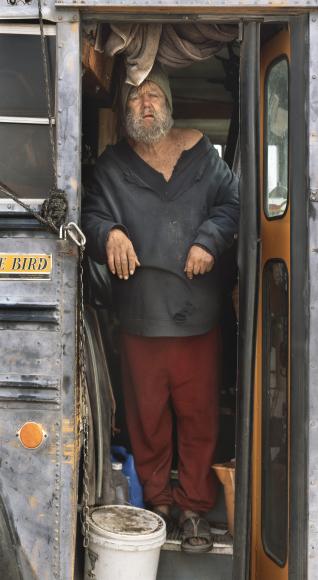
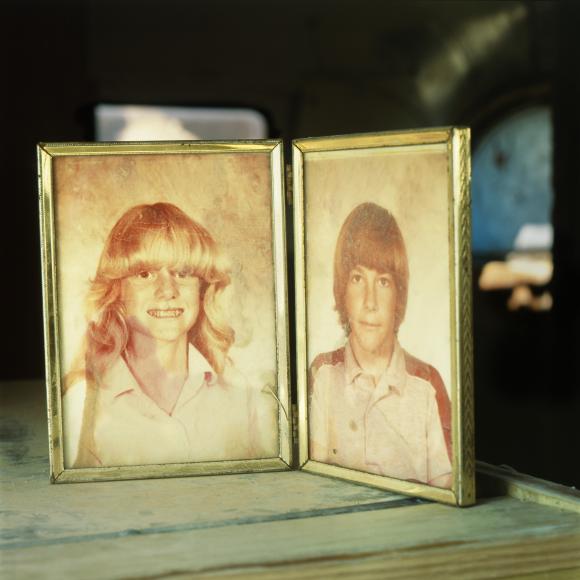
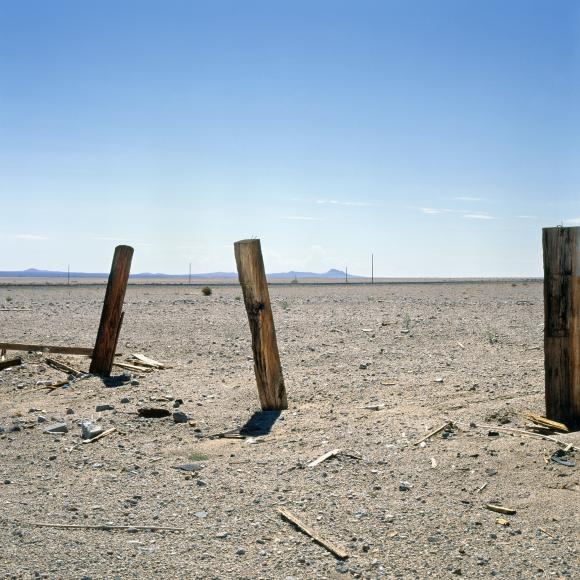
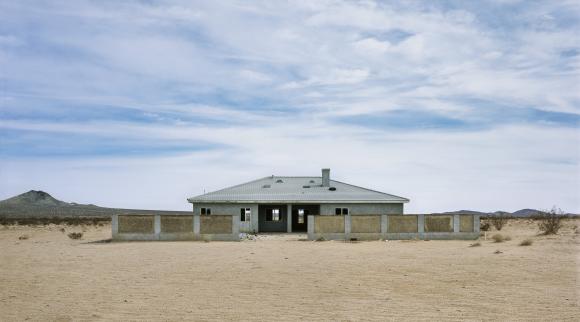
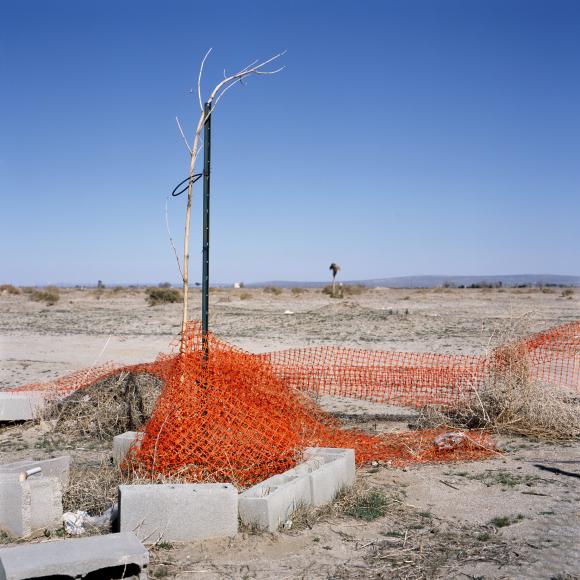
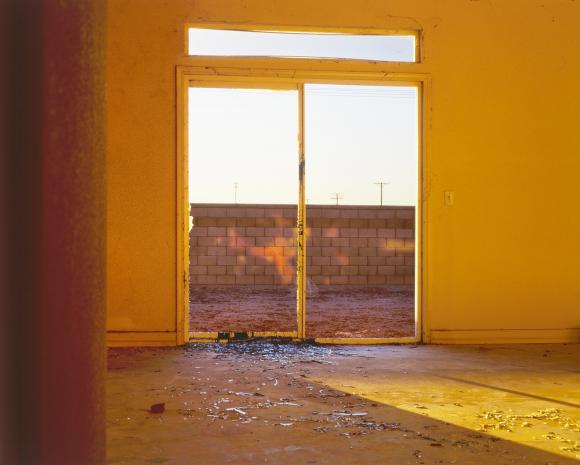
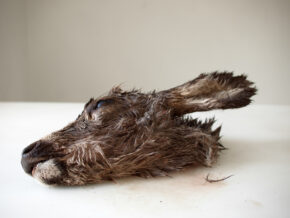
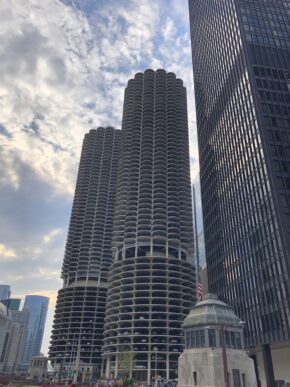
1 Comment
I’m sorry about your friend Jeff – I hope he’s recovering well.
I grew up in Ft Worth. When I was young I was not into photography or not really art either. But now when I go home to see the folks I always at least see the Amon Carter (I saw Discarded about a month ago). And almost always have brunch at the Modern then see it too. The city is incredibly lucky to have those and the other museums. If you were there in January you could have also seen the rodeo and stock show, which is its own form of museum experience.
I kind of agree with your overall assessment too, of the current state of things. But I must remain optimistic.
Comments are closed for this article!